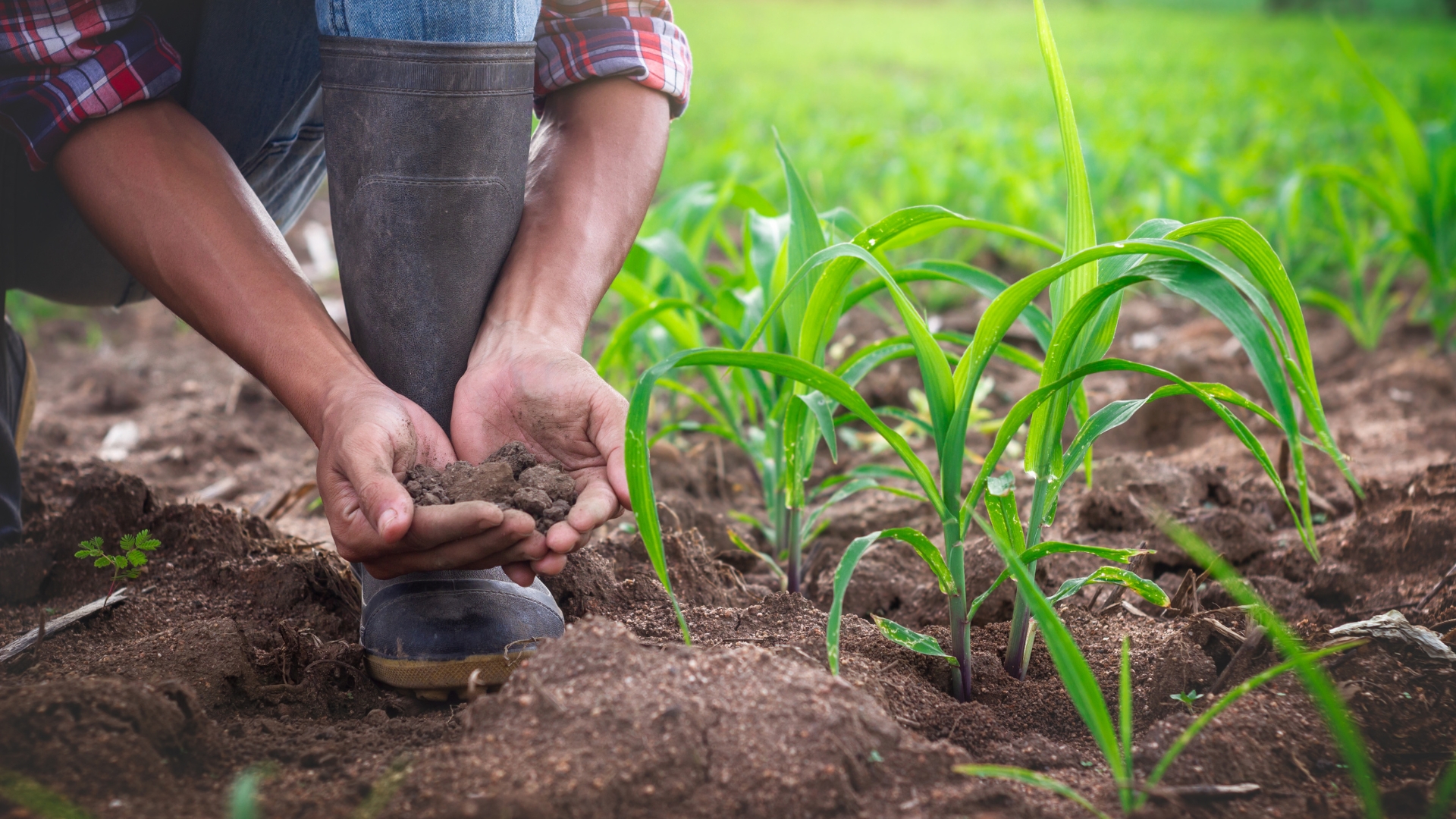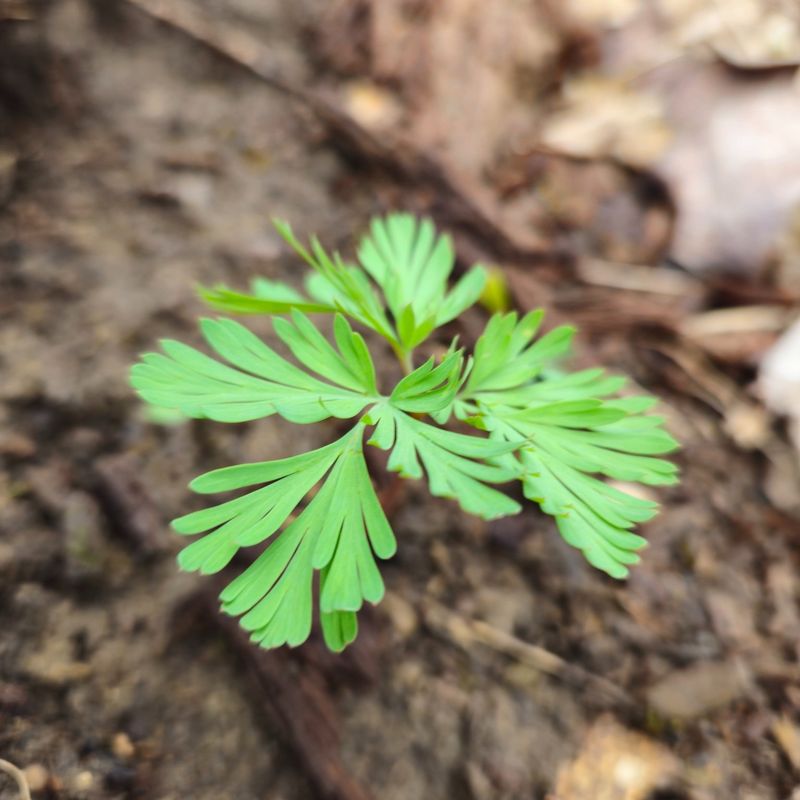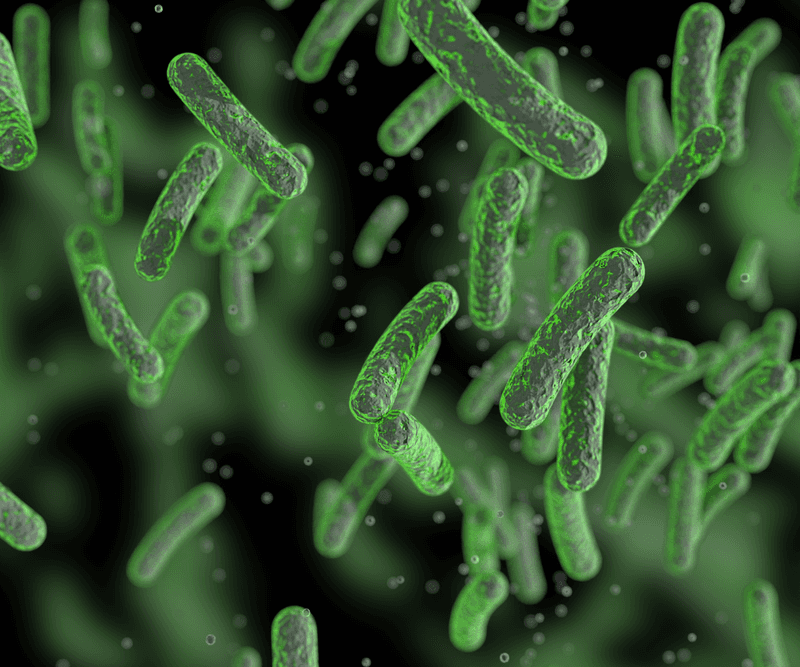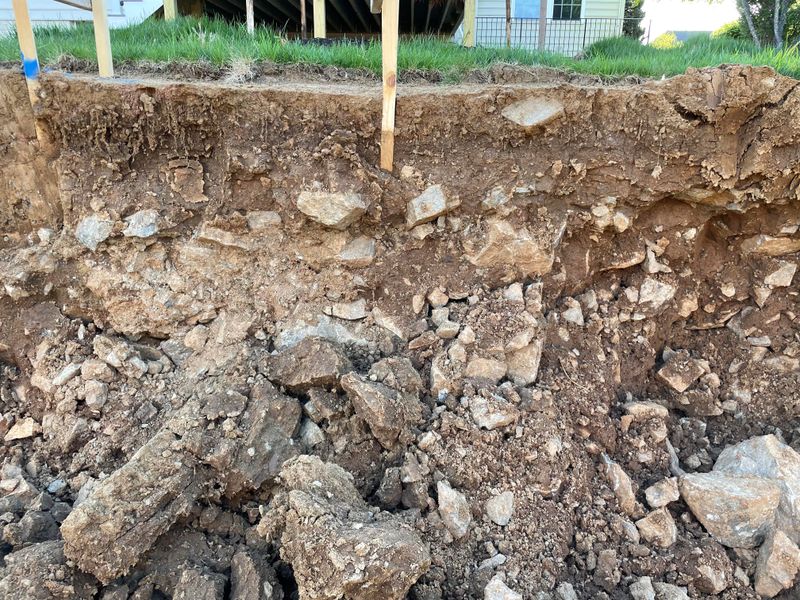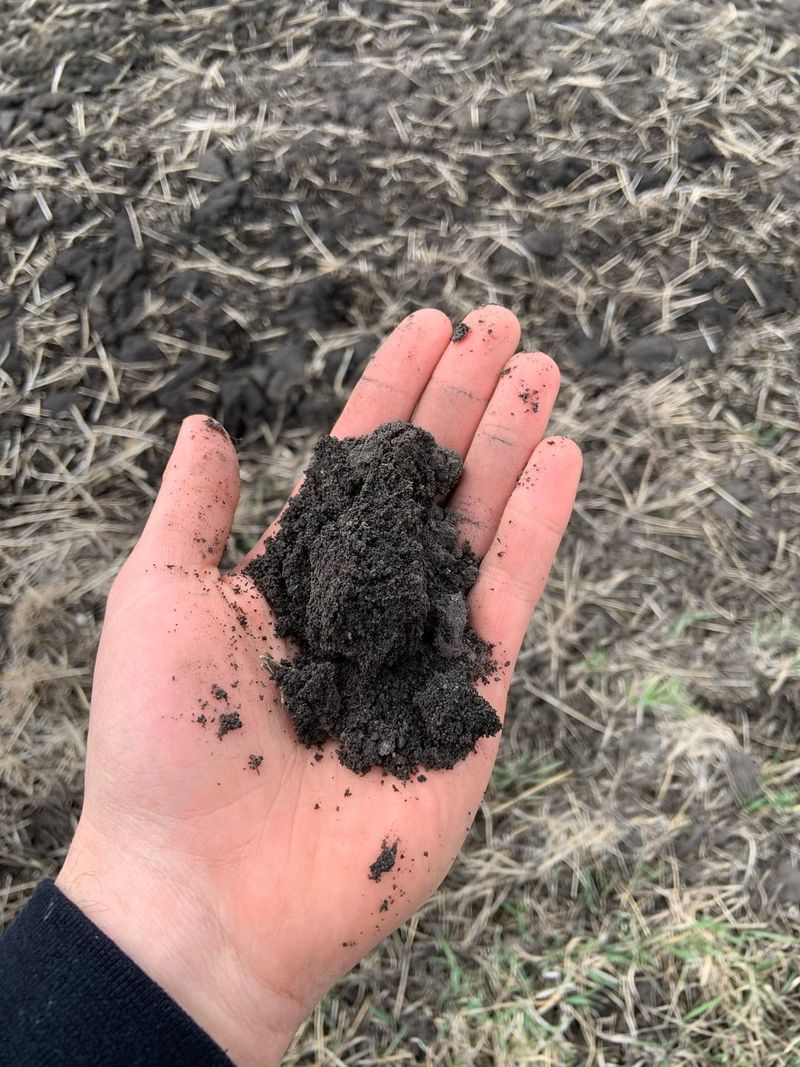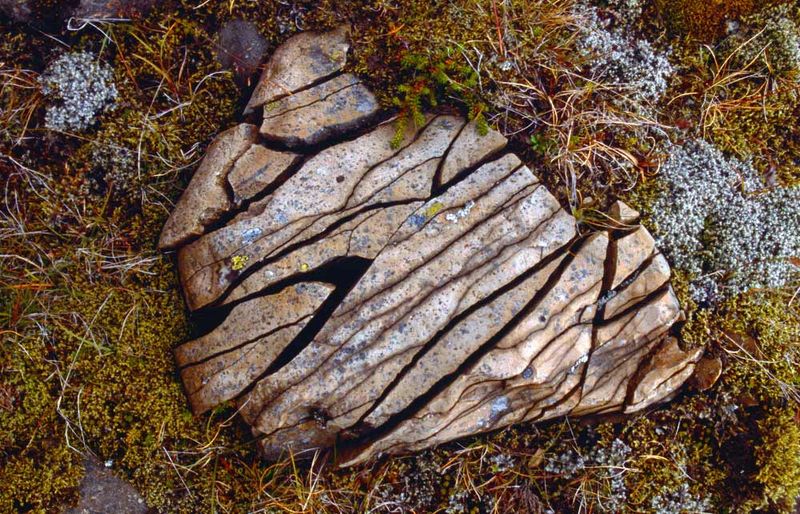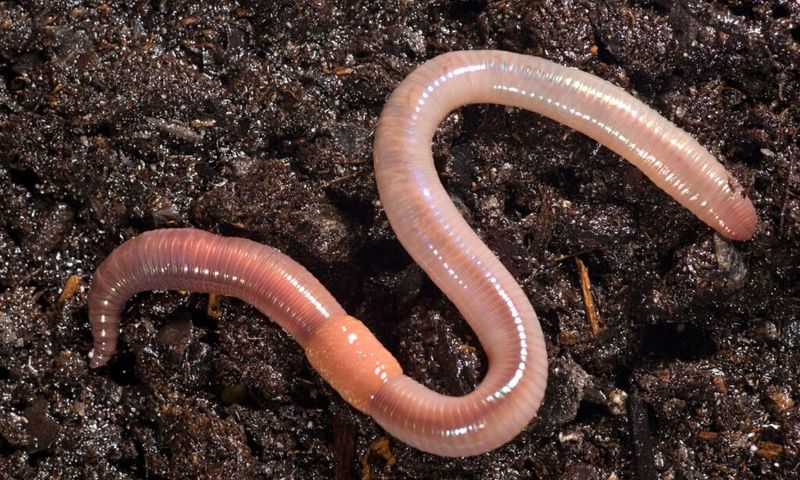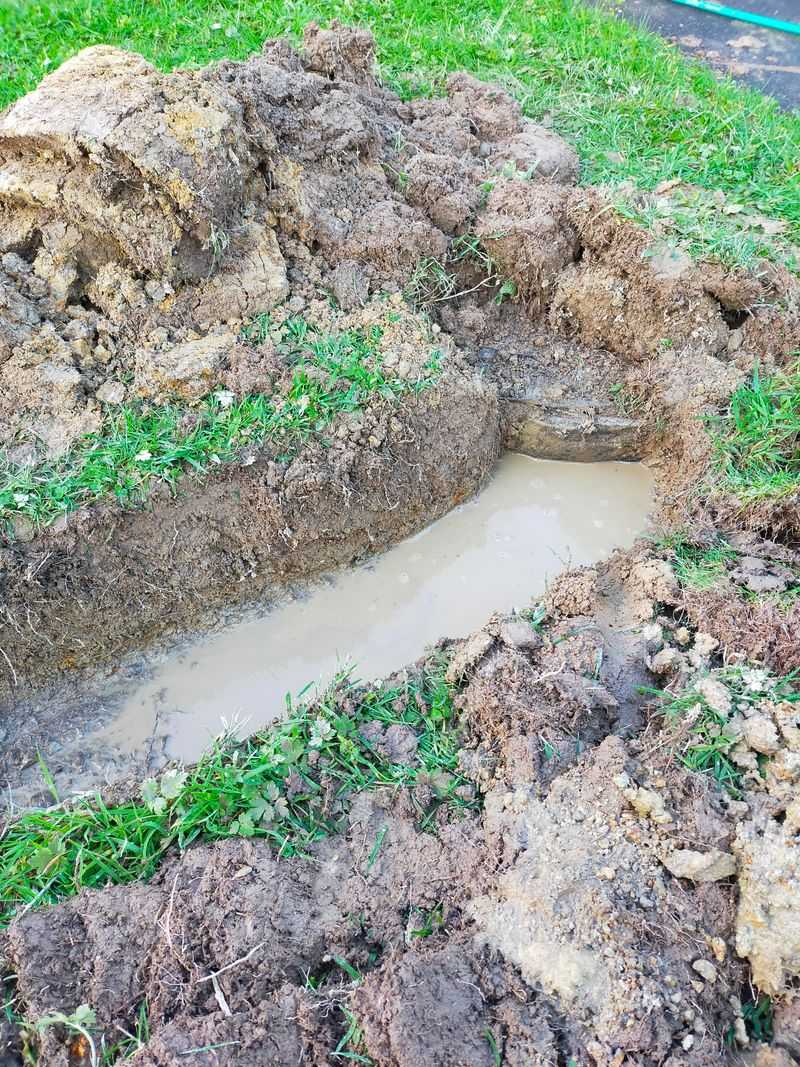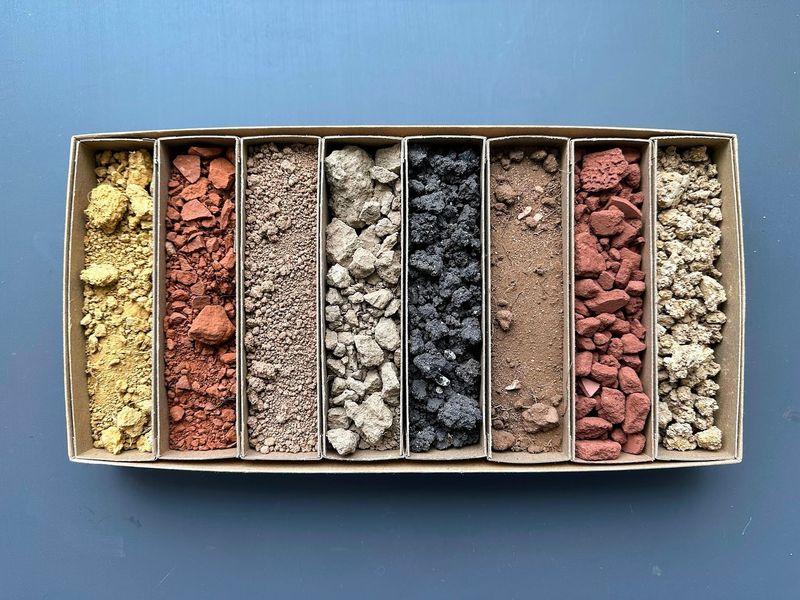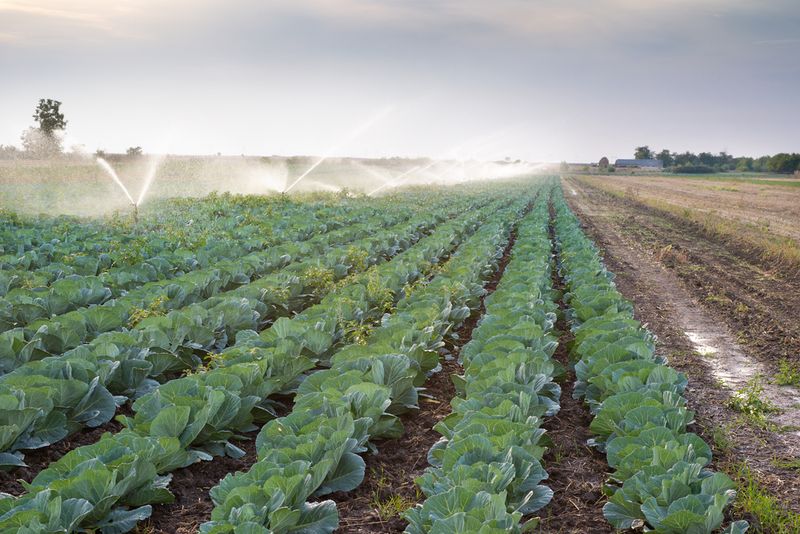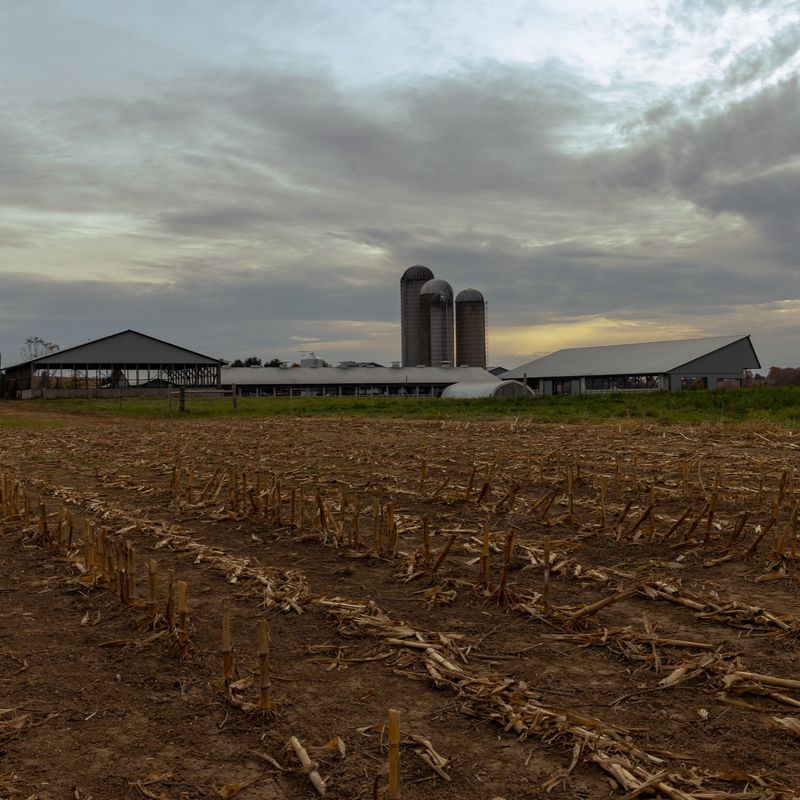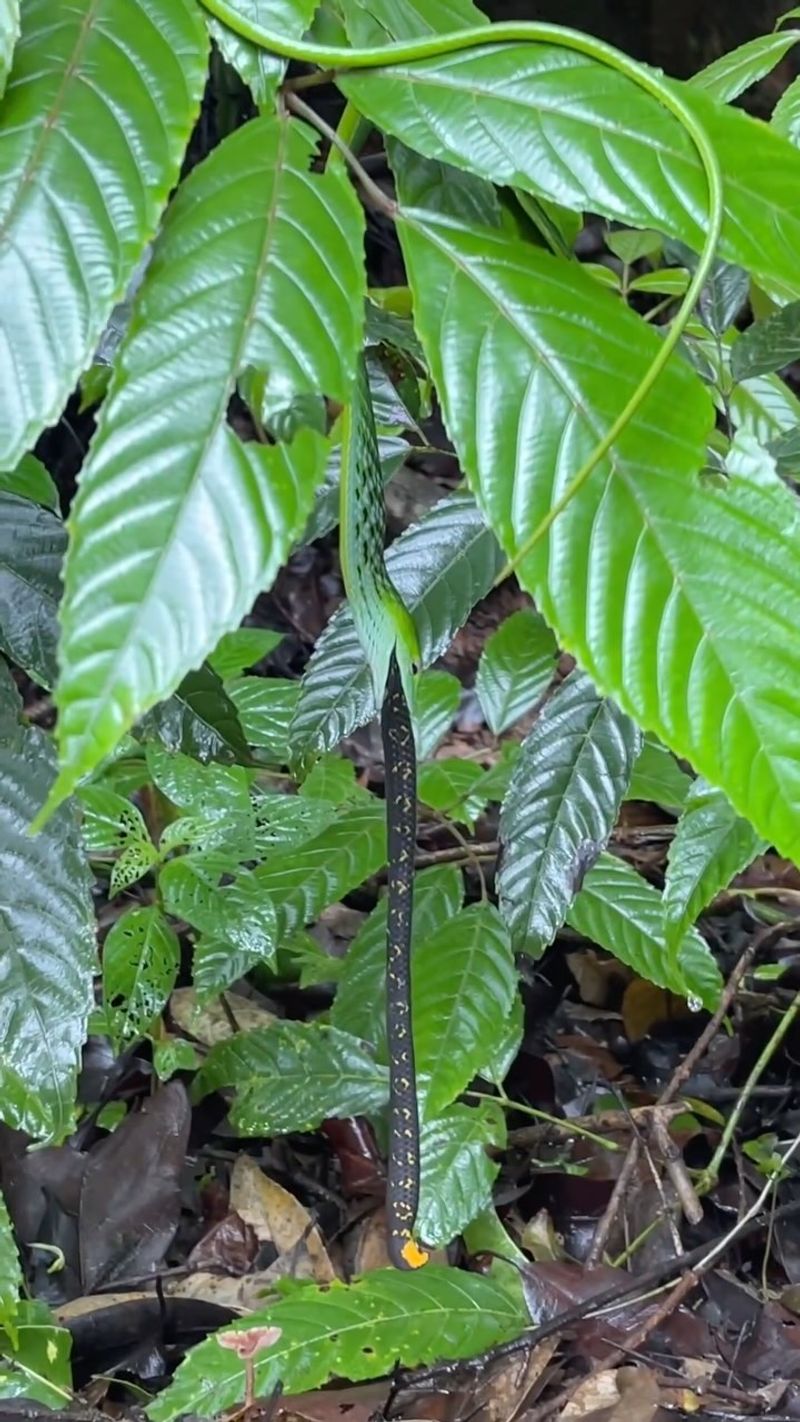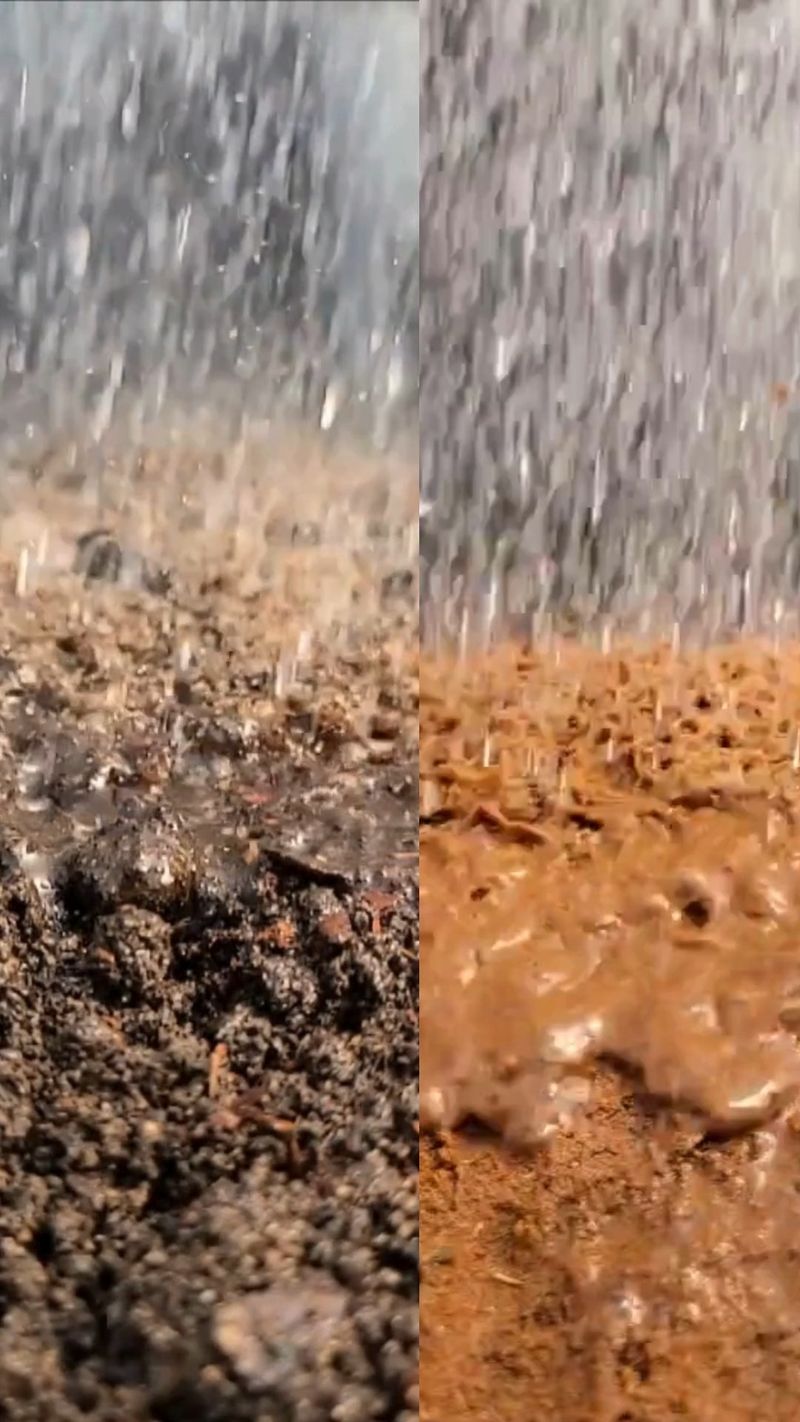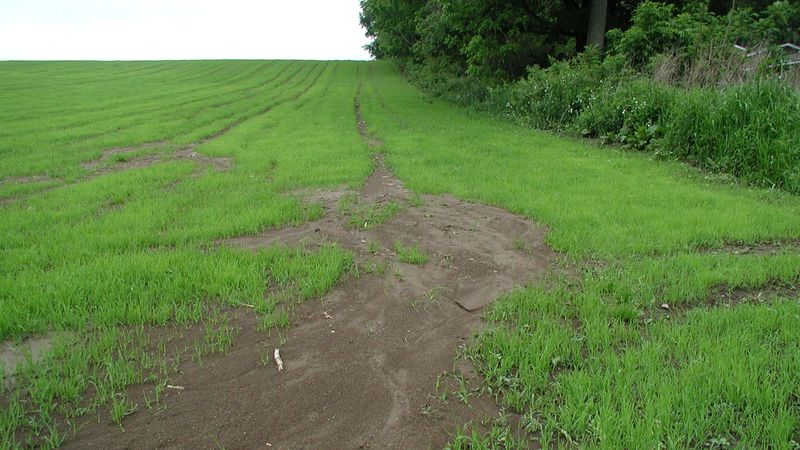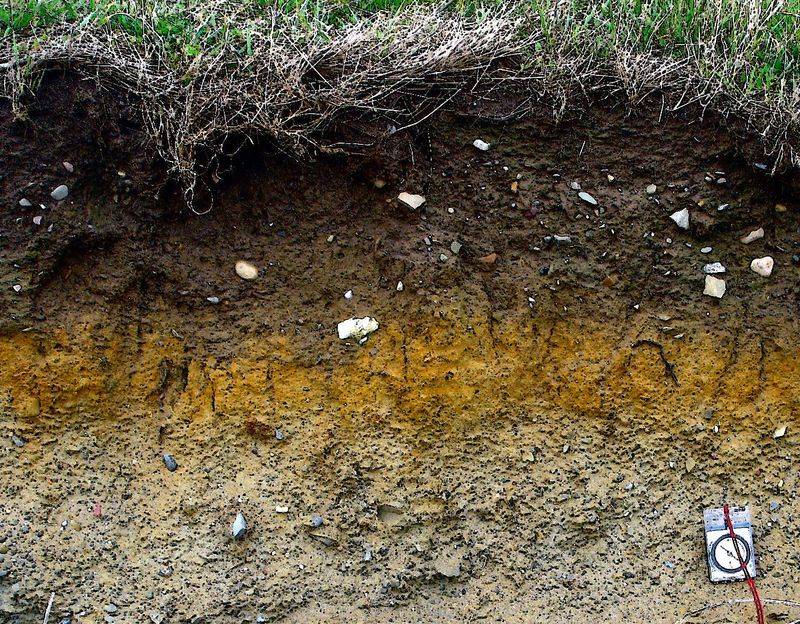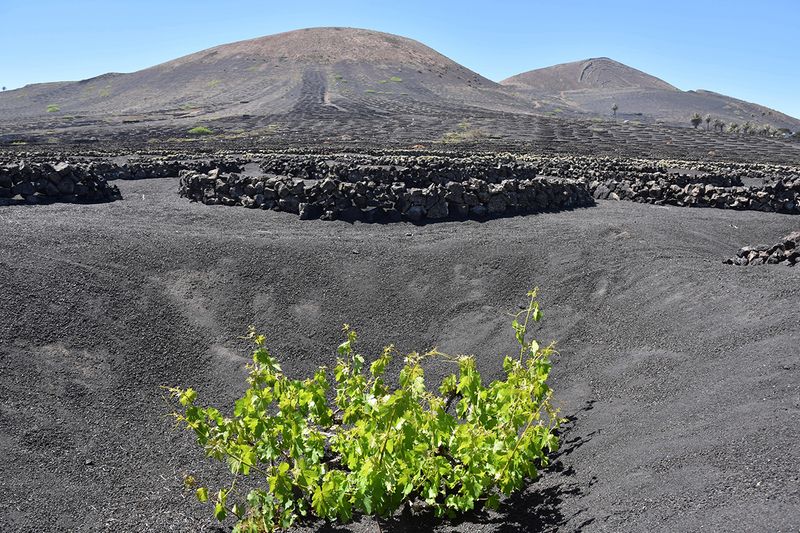Soil is more than just the ground we walk on—it’s a complex, living system essential for life on Earth. Beneath every thriving garden lies a hidden world of minerals, organisms, and nutrients working together. Even the most experienced gardeners often overlook the incredible role soil plays in our ecosystems. Discover 15 fascinating facts about soil—plus a few more that might just surprise you.
1. Made Of Minerals, Organic Matter, Air, and Water
Soil is a blend of minerals, organic matter, air, and water. This combination supports plants by providing nutrients and a structure for roots to grow.
Minerals form the backbone, while organic matter enriches fertility. Air pockets allow roots to breathe, and water helps transport nutrients.
Each component plays a critical role in maintaining soil health, making it a living, breathing entity.
2. Hundreds Of Years To Form One Inch Of Topsoil
Forming a single inch of topsoil can take hundreds of years. This slow process is a result of weathering rocks, decaying organic matter, and other natural factors. Topsoil is vital for agriculture because it contains the nutrients plants need. Protecting it from erosion is crucial, as losing it means losing essential growing material.
3. More Microbes In A Teaspoon Than People On Earth
In just a teaspoon of soil, there are more microbes than people on Earth. These tiny organisms are vital for breaking down organic matter and recycling nutrients.
They enrich the soil and help plants grow. Microbes play a hidden but essential role in keeping ecosystems balanced and thriving.
4. Soil Is A Non-Renewable Resource
Though it seems abundant, soil is a non-renewable resource. It takes so long to regenerate that when it’s lost, it might never be fully replaced.
Soil conservation is crucial to sustain agriculture and natural ecosystems. Awareness and efforts to protect it can prevent future scarcity and maintain its availability for generations.
5. Types Include Sand, Silt, Clay, and Loam
Soil comes in a variety of types, including sand, silt, clay, and loam. Each type has unique characteristics that affect plant growth. Sand drains quickly but lacks nutrients, silt is smoother and retains water well, clay holds nutrients but drains poorly, and loam, a balanced mix, is ideal for gardening.
Understanding these types helps in choosing the right soil for plants.
6. Formed By Weathering Of Rocks
Soil is formed by the weathering of rocks over time. Wind, water, and temperature changes break rocks into smaller particles. This process enriches the soil with minerals.
Weathering is a slow yet fundamental process that continuously contributes to soil formation, ensuring the ongoing availability of nutrients for plants and ecosystems.
7. Earthworms Aerate And Enrich Soil
Earthworms are nature’s tillers, burrowing through the soil and enhancing its structure. Their actions aerate the soil, allowing air and water to reach plant roots.
As they move, they break down organic material, enriching the soil with nutrients. Earthworms are vital for healthy soil, ensuring it remains fertile and productive.
8. Filters And Stores Water For Ecosystems
Soil acts like a giant sponge, filtering and storing water. It traps pollutants, ensuring cleaner water reaches underground reserves. This filtration system supports ecosystems by providing a consistent water supply.
Healthy soil can absorb and retain water, reducing the risk of floods and ensuring plants have access to moisture during dry periods.
9. Can Be Acidic, Neutral, Or Alkaline (pH Levels)
Soil can vary in pH, being acidic, neutral, or alkaline. This characteristic affects nutrient availability and plant growth. Gardeners often test soil pH to determine the right type of plants to grow. Adjusting pH levels can improve soil health and optimize conditions for crops, making it an essential aspect of soil management.
10. Microbes Decompose Organic Matter
Microbes in the soil work tirelessly to decompose organic matter. This process recycles nutrients and contributes to the soil’s fertility.
As decomposers, microbes break down leaves, plants, and other organic material, turning them into nutrient-rich humus. This cycle is crucial for maintaining healthy soil and supporting plant life.
11. Soil Color Reflects Mineral And Organic Content
The color of soil can tell us a lot about its composition. Dark soils often indicate rich organic matter, while red or yellow hues might suggest iron content. Soil color provides clues about drainage and fertility. By observing soil color, farmers and gardeners can gain insights into the soil’s health and potential productivity.
12. Sequesters Carbon And Fights Climate Change
Soil plays a vital role in sequestering carbon, helping to mitigate climate change. The organic matter in soil traps carbon dioxide, reducing greenhouse gases in the atmosphere.
Healthy soils can store significant amounts of carbon, making them a natural ally in the fight against climate change. This ability highlights the importance of maintaining soil health.
13. Erosion Threatens Fertile Land Globally
Erosion is a serious threat to fertile land around the globe. It occurs when wind or water remove topsoil, leaving the ground less productive. This process can lead to decreased agricultural yields and desertification.
Preventing erosion through sustainable farming practices is crucial for preserving arable land and ensuring food security for future generations.
14. Mycorrhizal Fungi Support Plant Roots
Mycorrhizal fungi form special relationships with plant roots, enhancing nutrient and water absorption. These fungi extend the root system, making it easier for plants to access resources.
This symbiotic partnership boosts plant health and growth, showcasing the intricate connections within ecosystems that contribute to overall soil fertility and vitality.
15. Texture Affects Water And Nutrient Retention
The texture of soil influences its ability to retain water and nutrients. Coarse soils drain quickly but may lack nutrients, while fine-textured soils hold water and nutrients longer.
Understanding soil texture helps in selecting the right plants and improving soil structure. Managing texture is key to maximizing soil productivity and plant health.
16. The Dust Bowl Proved Soil Conservation Matters
The Dust Bowl of the 1930s showed the importance of soil conservation. Poor farming practices led to widespread erosion, turning fertile fields into dust.
This environmental disaster highlighted the need for sustainable agriculture and soil management practices to prevent similar occurrences. Learning from history, we strive to protect our precious soil resources.
17. Soil Horizons Include Topsoil, Subsoil, Bedrock
Soil is organized into layers called horizons. The topsoil is rich in organic matter, crucial for plant growth. Below it lies the subsoil, containing minerals and less organic material.
Deeper still is the bedrock, the foundation of soil. Understanding these layers helps in studying soil properties and managing land for agriculture or conservation.
18. Volcanic Ash Creates Fertile Andisols
Volcanic ash can create fertile soil known as Andisols. Rich in minerals and nutrients, these soils support lush vegetation. The volcanic activity replenishes the soil, making it ideal for farming.
Regions with volcanic soil often have thriving agriculture, benefiting from the natural enrichment that the ash provides.

